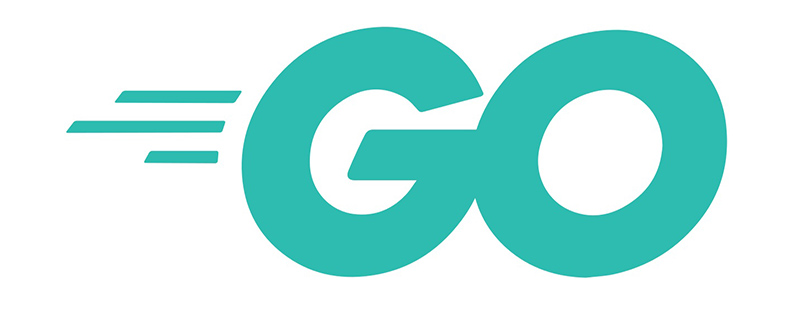以下是一个简单的 Boost.Beast WebSocket 使用示例:
#include <iostream>
#include <boost/beast/core.hpp>
#include <boost/beast/websocket.hpp>
#include <boost/asio/connect.hpp>
#include <boost/asio/ip/tcp.hpp>
namespace beast = boost::beast;
namespace http = beast::http;
namespace websocket = beast::websocket;
namespace net = boost::asio;
using tcp = boost::asio::ip::tcp;
int main()
{
std::string host = "echo.websocket.org";
std::string port = "80";
std::string message = "Hello, WebSocket!";
try
{
net::io_context io;
// 创建 TCP 解析器对象
tcp::resolver resolver(io);
// 连接到 WebSocket 服务器
auto endpoint = resolver.resolve(host, port);
websocket::stream<tcp::socket> ws(io);
net::connect(ws.next_layer(), endpoint);
// 进行 WebSocket 握手
ws.handshake(host, "/");
// 发送消息到服务器端
ws.write(net::buffer(message));
// 接收和输出从服务器返回的响应
beast::flat_buffer buffer;
ws.read(buffer);
std::cout << beast::make_printable(buffer.data()) << std::endl;
// 关闭 WebSocket 连接
ws.close(websocket::close_code::normal);
}
catch (const std::exception& e)
{
std:cerr << "Error: " << e.what() << std:endl;
return -1;
}
return 0;
}
这个示例代码连接到 echo.websocket.org 服务器,发送一条消息并等待返回。你可以根据需要修改主机名、端口号和消息内容,以适应你自己的使用场景。
请确保已经正确安装了 Boost.Beast 库,并在编译时链接相应的库文件。另外,注意在实际项目中需要处理异常、错误检查和其他边界条件等。这只是一个简单的示例来帮助你入门 Boost.Beast WebSocket 的使用。
内容由零声教学AI助手提供,问题来源于学员提问



















